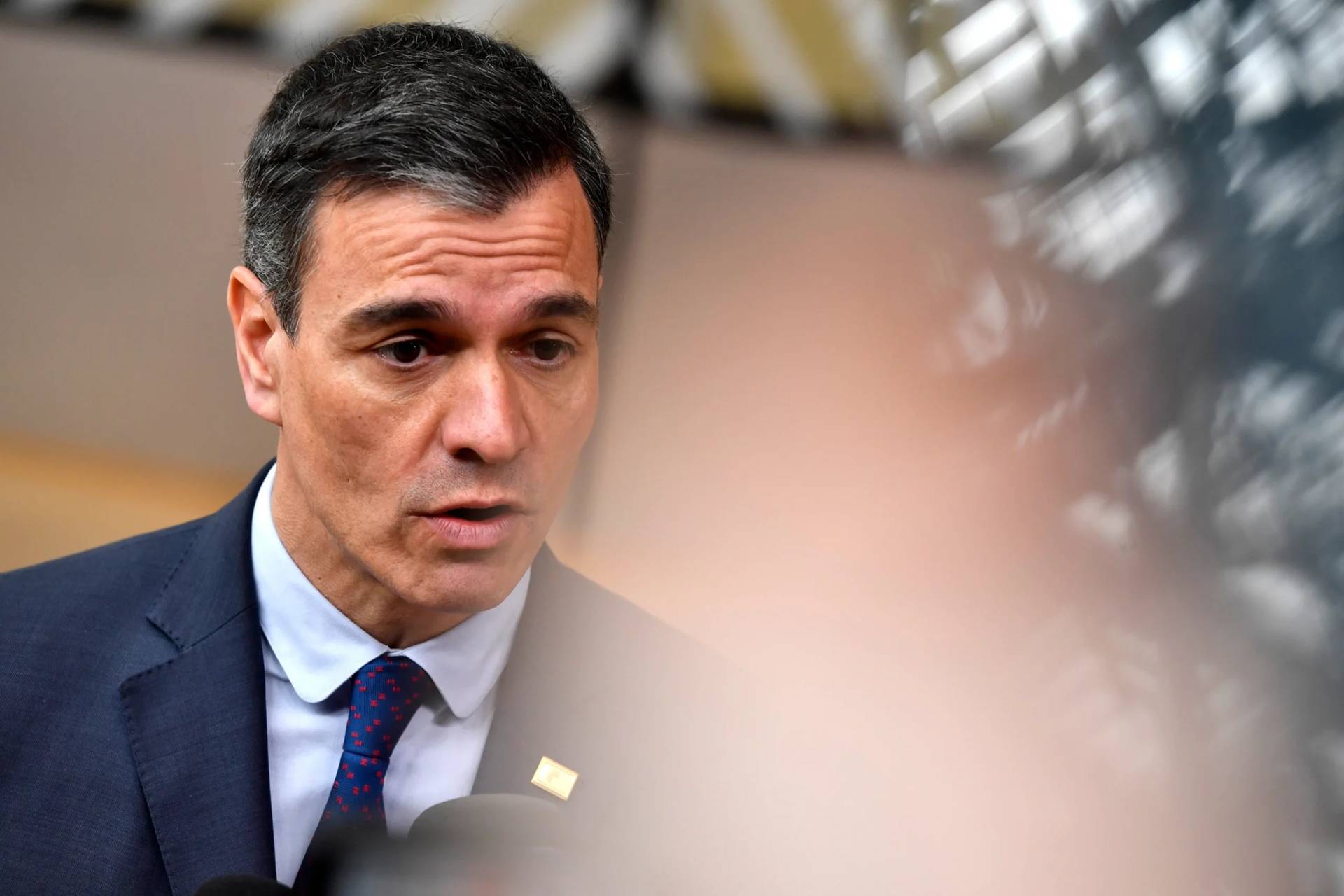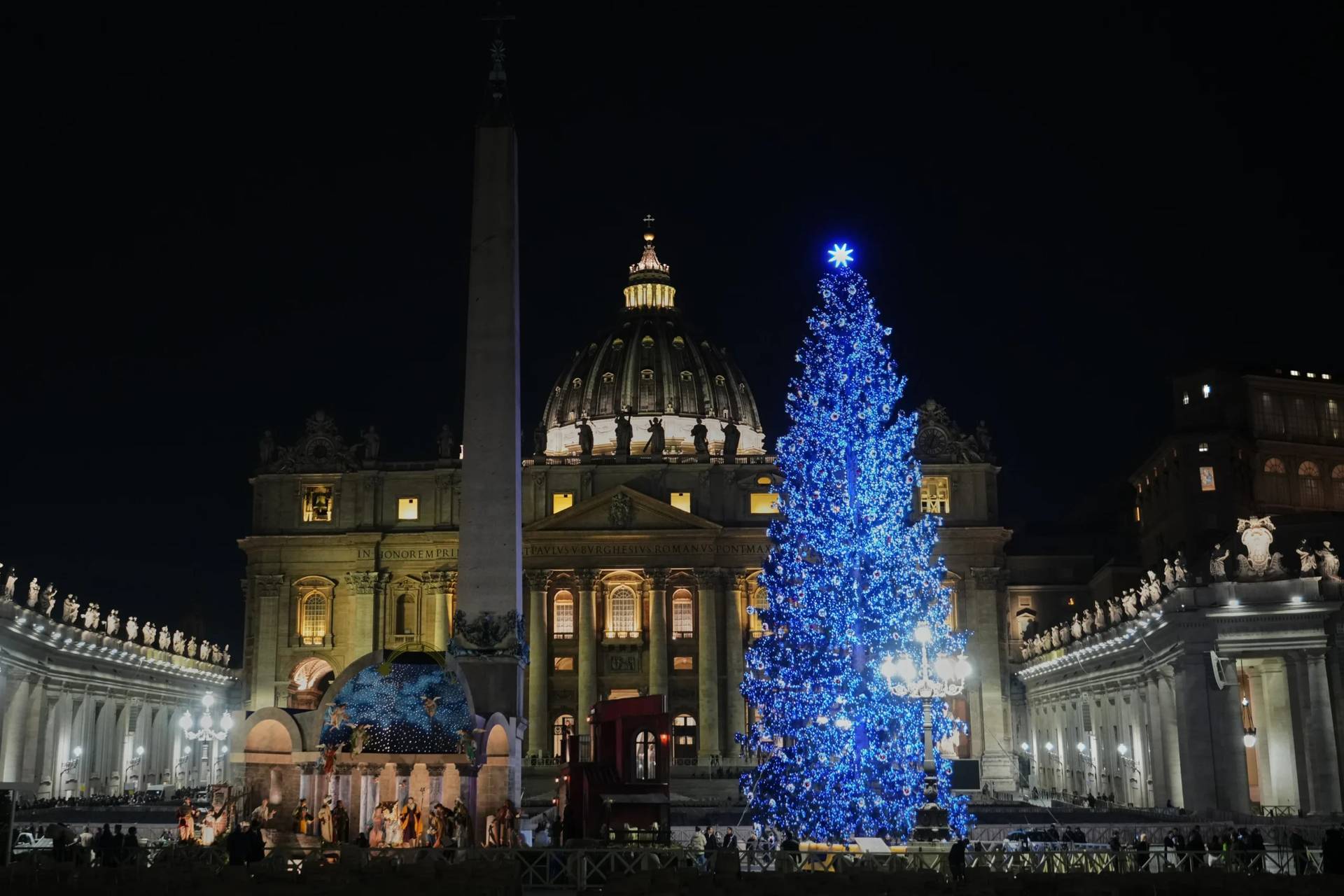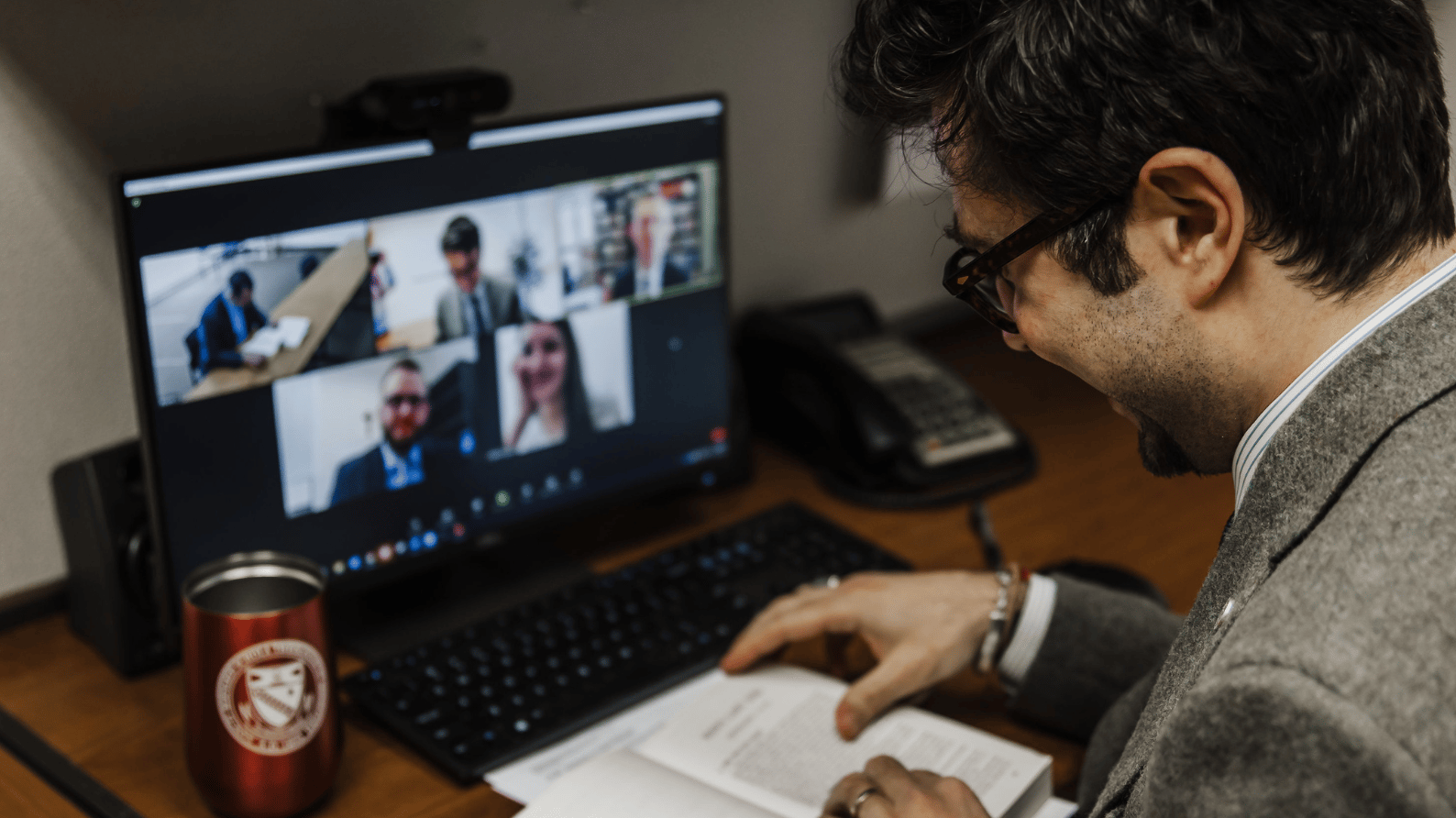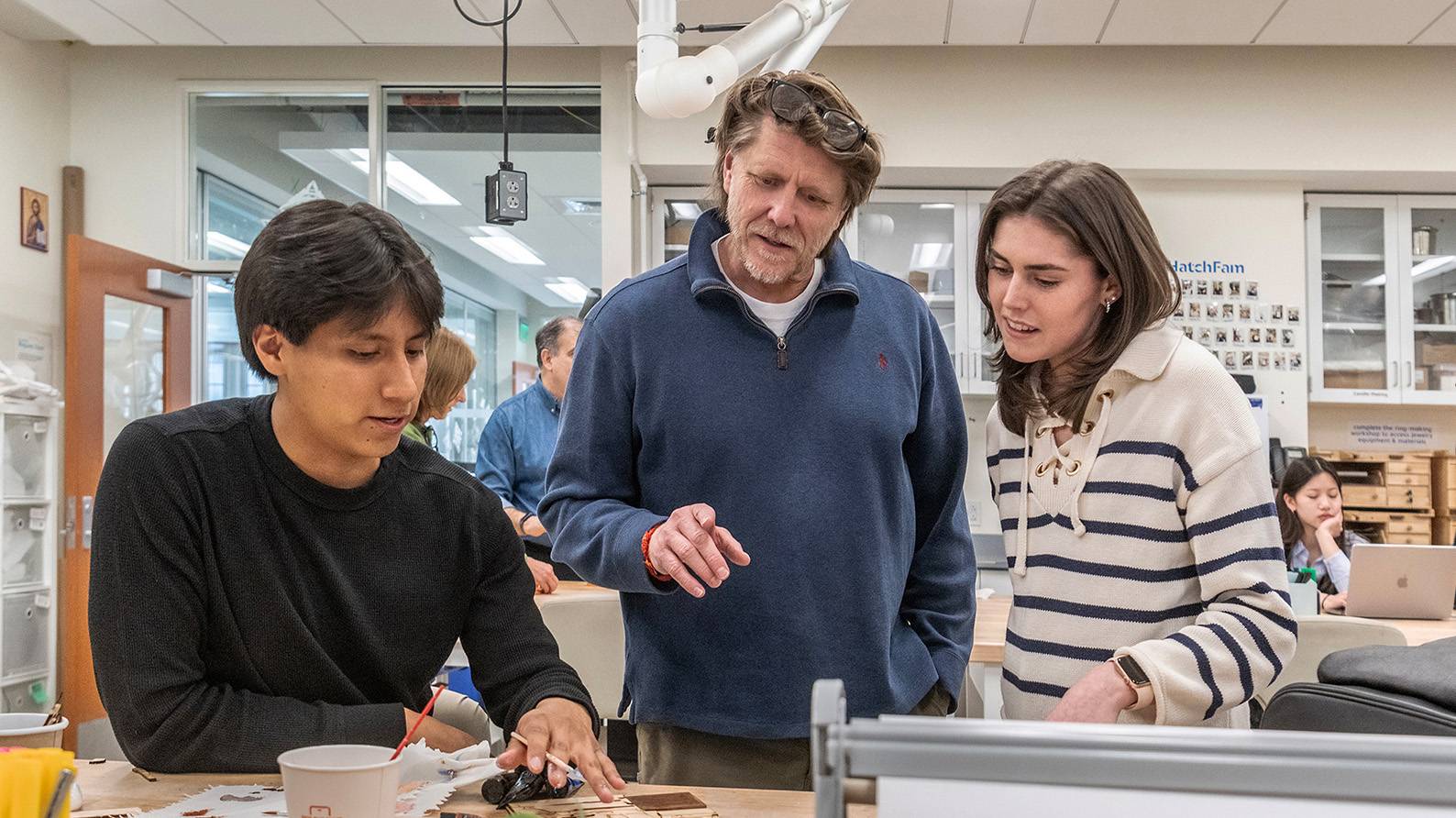When I became a Catholic in the early 1990s I decided that I wanted to paint sacred art. I had been inspired to become a Catholic by seeing beautiful old churches and especially how the art, architecture and music in one church in particular, the London Oratory, worked together so powerfully in service of the liturgy.
However, it became clear to me that this was not the usual situation in our churches. Banality and ugliness were more common than beauty. Rather than just go on complaining, I thought I would shut up and try to contribute. I decided I would learn to be an artist.
I had a little bit of natural talent, but I knew that I needed training. I didn’t know where to start looking for such a formation and nobody could tell me. I even tried to look up ‘Catholic Art Schools’ under C in the London telephone directory (and found nothing of course). There were some places that offered the skills, but nowhere taught me about Catholic art, its place in the Church and how to direct my brush, so to speak, so that I could stand a chance of continuing in the spirit of the great artists of the past, but in a way that might speak to people today.
Gradually it dawned on me that the reason my search was fruitless was that there was no such school.
So my goal broadened. Now it seemed, the need was for me to do research into traditional teaching methods and apply them to myself. This is what I did over several years! I discovered that there were common principles to an artistic training that connected styles as different as Russian iconographers and Italian baroque artists. In both cases, the training was, aside from the teaching of the actual art skills, a deep mystagogical catechesis focussed on the liturgy, and a Christian inculturation that taught the artist how to create beautifully by having as its ultimate end a search for divine wisdom and a supernatural transformation in Christ.
If this is what was on offer, I realised I had stumbled on something amazing. A deep formation that develops the faculty for following inspiration and enhances creativity was something that would be of interest to all, not just artists, and if so, the essence of it could be offered at the heart of any Catholic general education.
In order to make the argument for its inclusion in general education programs at universities around the country, I now started to research the Church’s writing on education. To my surprise I discovered that this is just what the Church said Catholic education was about – although barely anyone, even orthodox Catholics, seemed to know it.
Here is Pius XI writing in 1929 in Divini Illius Magistri, for example: The proper and immediate end of a Catholic education is to cooperate with divine grace in forming the true and perfect Christian, that is to form Christ himself in those regenerated by Baptism. For precisely this reason, Christian education takes in the whole aggregate of human life, physical and spiritual, intellectual and moral, individual, domestic and social, not with a view of reducing it in any way but in order to elevate, regulate and perfect it.
Now working as an artist and teacher in the U.S., I published my work in a book called, The Way of Beauty in 2014. As a result and out of the blue I was approached by some people who shared this vision for education and invited to create the inaugural program, a Master of Sacred Arts, as Provost of a new online university www.Pontifex.University.
The Master of Sacred Arts (MSA) was launched in 2016. It is a 30-credit degree which has a full cost of only $9,000 (with further discounts for priests and religious) and we already have several dozen students enrolled in the full program, with many more auditing or taking stand alone or small clusters of courses.
From this foundational program, we are moving to more conventional programs which are informed by the ethos. We plan to introduce a Bachelor’s in philosophy later this year and our second program, a theology doctorate (Th.D.), began earlier this year. The Th.D. is designed with busy parish priests with an STL in mind particularly: anyone who has a high quality Masters in theology is likely to be exempted all the coursework and be able to go straight to research for the dissertation. And, because it is 100% online (even the defense can be done via video conference) it suits people who don’t have time to spend long periods on campus. For those who do not have a theology Masters, you can do that coursework and earn an MTS degree as a first step.
We are just at the beginning of something new but already it is exciting for me to see seminarians, priests and religious as well as gifted lay people doing our programs and beginning to contribute concretely to the evangelization of the culture.
A Master of Sacred Arts and Theology Doctorate: online degrees at www.Pontifex.University – a new canonically Catholic university loyal to the Magisterium.
Born and raised in England, David Clayton is an internationally known artist, teacher, writer and broadcaster living in Berkeley, CA. He is Provost of online Catholic university www.Pontifex.University. His books are The Little Oratory, A Beginner’s Guide to Praying in the Home; The Way of Beauty and his latest, a book on discerning personal vocation called The Vision for You. You can contact him at dclayton@pontifex.university.














